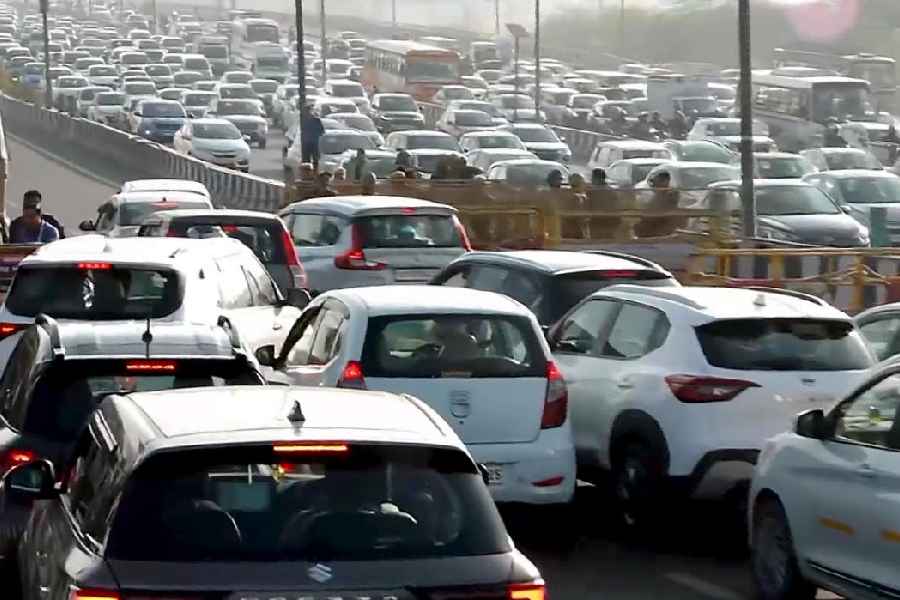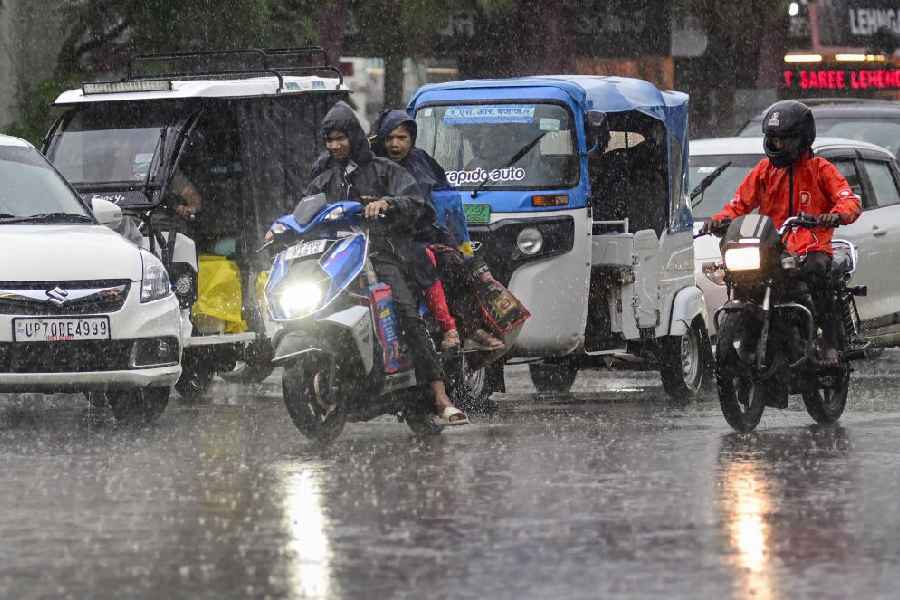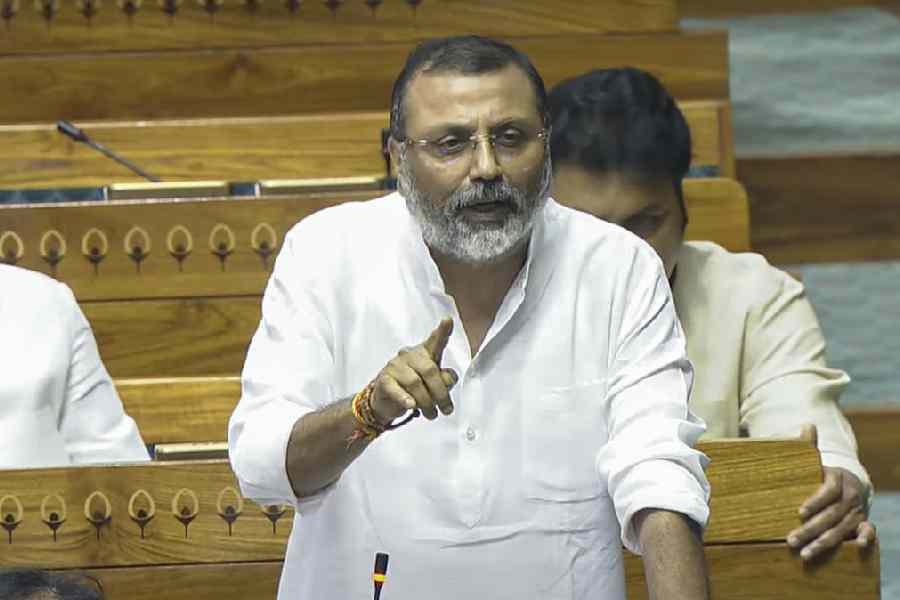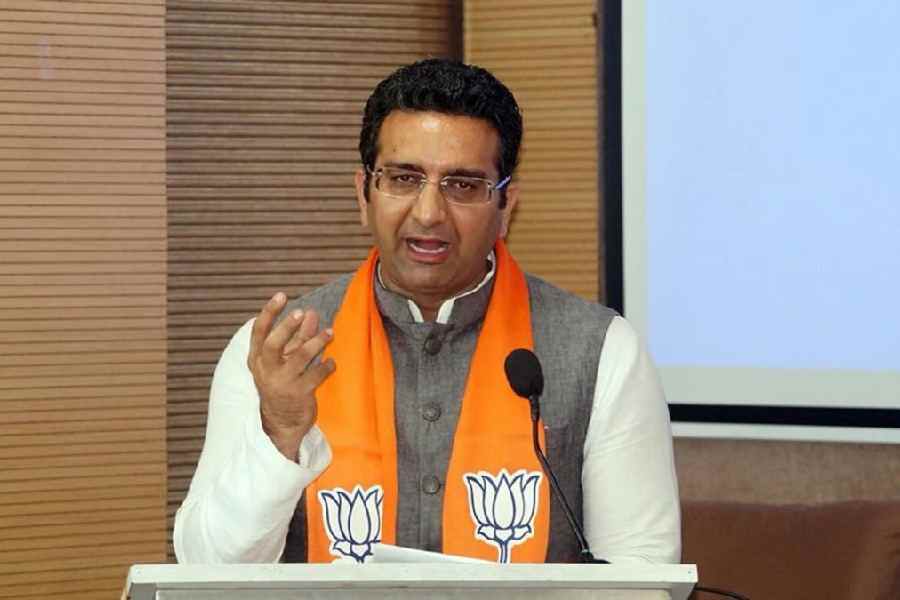New Delhi, Oct. 18 :
New Delhi, Oct. 18:
The Supreme Court today gave the go-ahead to the controversial Sardar Sarovar dam on the Narmada river, adding a dramatic twist to the development debate and stunning a grassroots movement that changed the face of environment evangelism in the country.
The court allowed the dam to be constructed up to a height of 138 metres, but added that necessary clearances would have to be secured from environmental and rehabilitation agencies. However, the height can be raised immediately from 85 to 90 metres.
The verdict dealt a blow to the Narmada Bachao Andolan, led by Medha Patkar, which has been waging a protracted war against the dam. The dam is expected to displace over 3 lakh people.
Patkar, the spearhead of the anti-dam campaign, had been pointing to the project's 'human and ecological costs' , considered coffee-table topics in a country which was taught to worship dams as modern temples.
But the Centre has been arguing that the project would benefit water-starved areas of Maharashtra, Gujarat and Madhya Pradesh. The state governments, especially that in Gujarat, erupted in jubilation after the judgment. Gujarat, which suffered the most during this year's drought, declared a public holiday and has lined up a series of programmes to celebrate a 'Vijay Diwas' tomorrow.
A three-judge bench headed by Chief Justice Ajay Singh Anand had been hearing the case over the past several months. The majority judgment was written by Justice B.N.Kirpal. The lone dissenting voice on the bench was that of Justice S.P.Bharucha.
The ranks of the pro-dam enthusiasts had been swelling in recent months. Last year, Shetkari Sangathan leader Sharad Joshi had organised a protest rally at the dam site demanding further construction of the stalled project.
Though much of the dam had been constructed, the flow of water from the barrage could not be ensured because of the manner in which the channels had been planned. As Joshi himself had been pointing out for long, without the dam being allowed to be built beyond 90 metres, the water in the dam would lie unused and would evaporate during the dry months.
In the Saurashtra region of Gujarat, the dam is expected to have a significant positive impact, according to Union government sources.
The judgment said construction up to a height of 90 metres could be taken up immediately. The judges thought that the rehabilitation of those evicted had been carried out satisfactorily in the three states. The judges said that the 'construction of the dam will continue as per the award of the Narmada water tribunal'. The tribunal, in its award given in the early eighties, had said that the dam to function to its full capacity required a height of 138 metres.
Justice Bharucha, who put in his dissenting note, wanted immediate stoppage of construction. He said work could be resumed only after the environmental impact group of the ministry of environment gave its report. The group will have to carry out a detailed survey of the project, he added.
Water resources ministry sources said that the project cost has already surpassed Rs 20,000 crore and that a fresh assessment of the total expenditure would shortly be made. It was in 1994 that the Narmada Bachao Andolan had challenged the construction of the project in court, stressing that the tribals losing their land and hearth were not being rehabilitated by the authorities in any of the three states.
In today's order, the Supreme Court did lay down a few conditions. The judgment made it clear that the environmental sub-group of the ministry of environment and forests would have to consider all aspects before clearing construction at each stage beyond 90 metres. The court observed that in Madhya Pradesh the process of identification and acquisition of land for the displaced had been tardy.
The Narmada Control Authority will have to draw up a plan within four weeks on relief and rehabilitation work that is yet to be done.
 Wednesday, 02 July 2025
Wednesday, 02 July 2025










